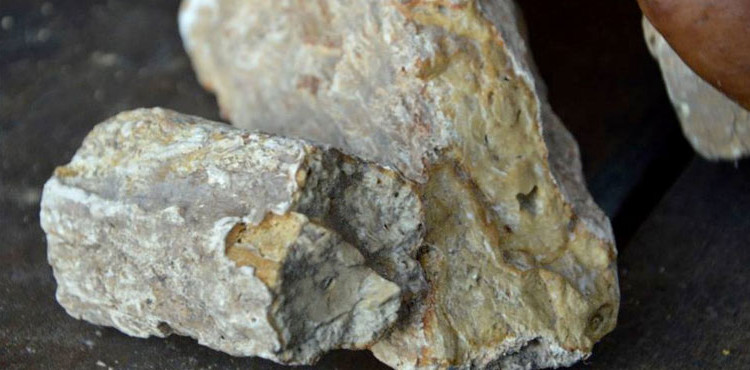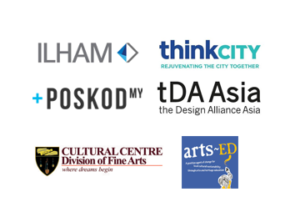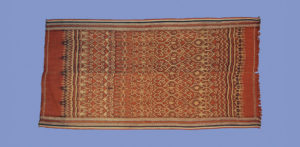Written by Reita Rahim of Gerai OA
The Jakun are the third largest group within the Orang Asli, the indigenous minorities of Peninsular Malaysia. The Orang Asli constitute less than 1% of the Malaysian population.
Also known (especially in older literature) as the Orang Hulu, they are inland dwellers residing mainly in Johor and southwestern Pahang. The Jakun are grouped under the Aboriginal Malay sub-ethnic group and number 27,448 (Jheoa 2003).
Once swiddeners, many now own agricultural smallholdings, run small businesses or wage workers. Despite rapid development of their traditional lands, the Jakun have managed to retain much of their adat (culture, social mores and traditions) as well as their intangible heritage including their distinct languages, myth and stories, songs, dances and handicrafts.
Jakun Handicrafts Today
The Jakun still produce many utilitarian crafts, especially in communities which still practiced swiddening (shifting cultivation). Basketry is a common craft still practiced by both men and women, using rattan or other fibres. However only women weave either wild or cultivated screwpine leaves (pandanus sp.) into mats, baskets and pouches.
Ironsmithing is carried out by a handful of men, notably in the Pekan district of Pahang. This is done on a small scale to fulfill the local need for machetes (parang), fishing implements and areca-nut cutters (kacip).
Dug-out canoes are still made and used by the Jakun living in the freshwater swamps around Pekan. However, these are not common now due to shortage of suitable timber and a preferences for fibreglass.
Kg. Simpai, Pekan
This resettlement village of less than 300 families is a forty minute drive from the town of Muadzam Shah in southwestern Pahang. Located within an oil palm plantation, Kg. Simpai has two ironsmiths cum boat-makers, and several skilled pandanus weavers.
Craft production is generally treated as a supplementary source of income especially for those who are participants of the government sponsored oil palm smallholding. Visitors are welcome to visit the homes of the artisans, preferably with prior arrangements.
Contemporary Crafts
The following are some Jakun crafts marketed by Gerai OA:
epok pandanus betel box
The traditional Jakun betel box is a deep tray rather than a lidded box. Lidded betel boxes are still woven using the complex hex-weave or “mad weave” (anyam gila). There are two forms: the epok is rectangular with a plain weave base while the keban gila is a hexagonal container.
kerton kaki jengking pandanus tripod baskets
This is a contemporary re-design of traditional betel box recepticles (cembol). Once a small lidded containers, these are now made in a tripod form in contemporary colours, usually a set of three nesting baskets.
kurong serindit rattan birdcages
The spherical birdcages are made from a continuous piece of rattan coiled upwards on a rattan and wood base. Such “door-less” cages are still used to house small, green serindit parrots – a favourite household pet.
tikar pandanus mats
Course but durable mats are woven from wide strips of unprocessed buyu’ or ladangan (wild-harvested pandanus). Fine sleeping mats are made from cultivated pandan, which must be processed and dyed prior to weaving.
sumpit tali bark baskets
A rare craft, such bark baskets were used to steep grated tapioca in water to leach out impurities. It also functioned as a sieve when squeezed to expel water. Weavers now prefer the convenience and durability of plastic.





